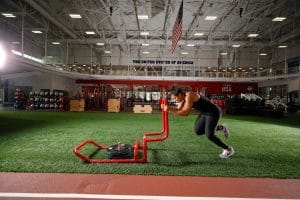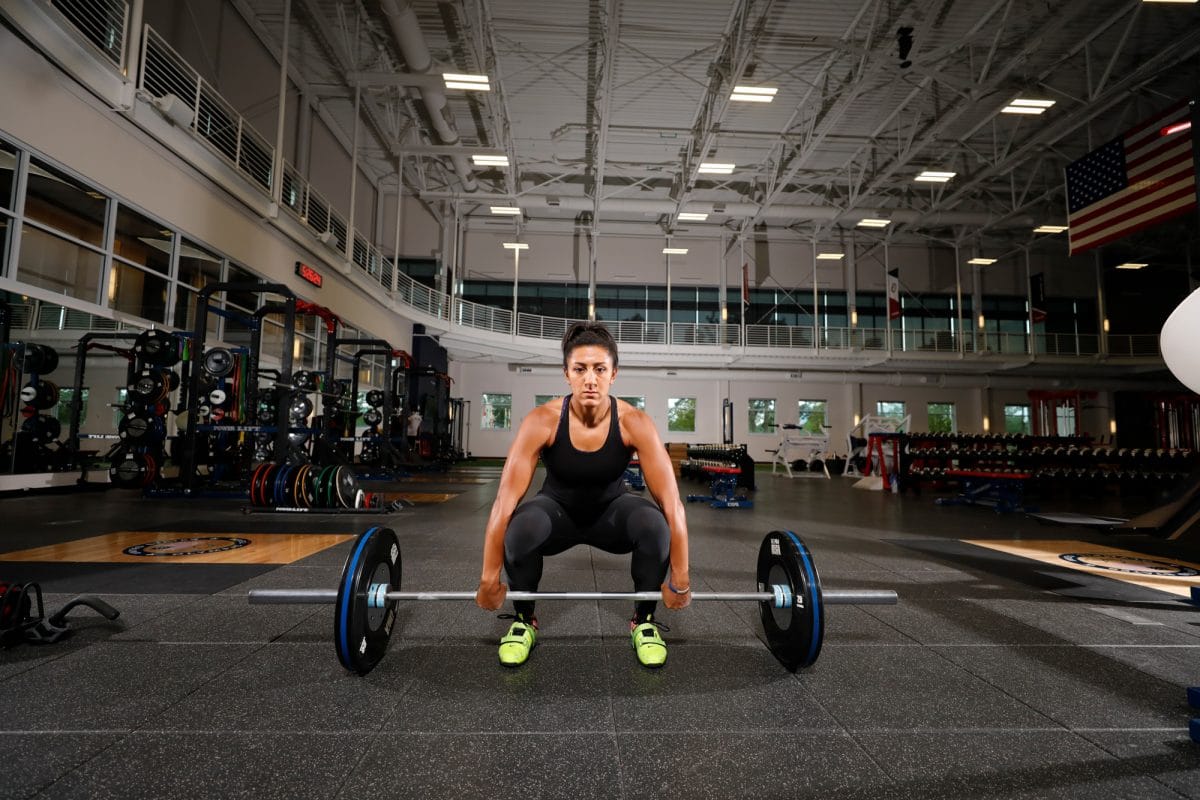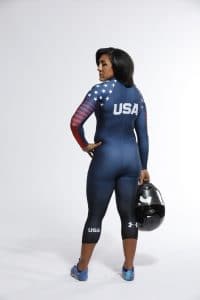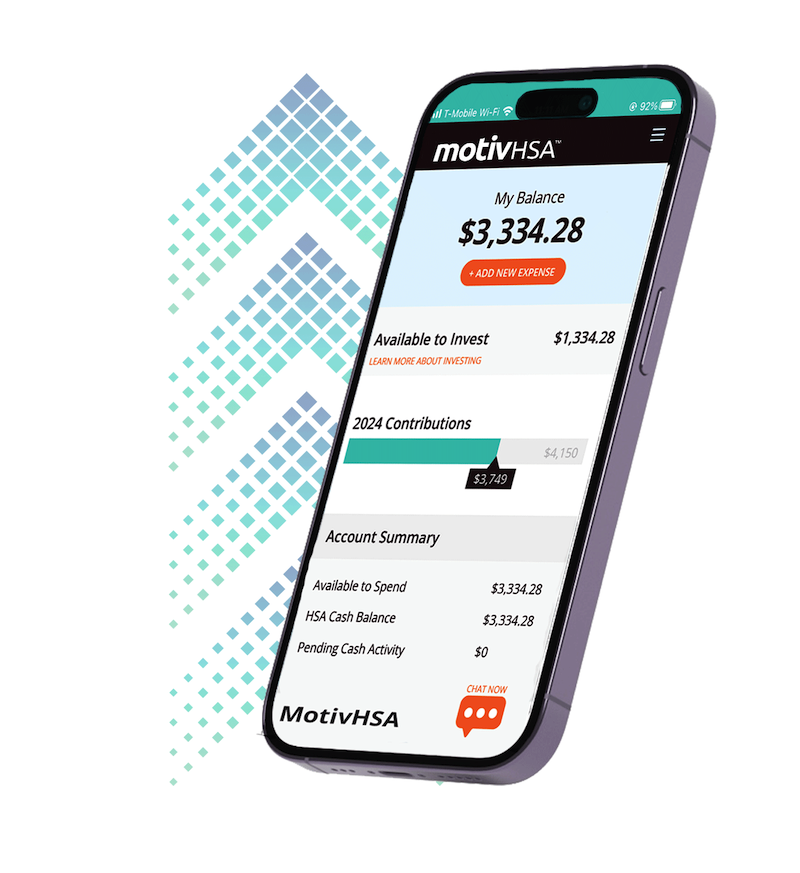Team USA Olympic Athlete Elana Meyers Taylor
Healthy Magazine: What muscle groups do you focus on for bobsled training?
Elana: Bobsled training is very specific to developing power, speed, and strength. Although you need total body fitness, we specifically focus on lower body and hip strength. We do a lot of squats and power cleans and Olympic lifts, but we also train to be fast and work on our sprint technique quite a bit.
HM: What are your workouts for those muscle groups?
E: We train like Olympic weight lifters and Olympic sprinters- meaning we focus on lower body and Olympic lifts (squats, power cleans, snatches, RDLs, etc.) but also short sprints, no more than 90 meters but we do quite a few of them. We also do accessory lifts to support total body strength, like pull ups, push ups, glute/ham raises, bench press, and others.
HM: 24 Hour Fitness has produced a Team USA Bootcamp workout for members that incorporates some of the muscle group exercises from your own workout. How can these exercises help the “everyday athlete?”
E: Total body strength and lower body strength in particular can help build muscles that promote calorie burning all day long. The more calories burned throughout the day, the easier it is to live a long and healthy lifestyle. Additionally, a strong lower body can help with simple daily tasks like support while standing, walking, and even cleaning and doing daily chores.
HM: You’re 33! What are some tips for staying fit in your 30s? Is it harder than when you were younger? How can 30-somethings best use the gym?
E: The biggest thing is now that I’m older I know my body. I know when to push it through difficult workouts and I know when to take a rest day. I also take advantage of days I feel really good and push it harder. Finally, I look at age as a mindset–if I think it’s a limitation, then it will be. I choose not to let it be. Gyms like 24 Hour Fitness are valuable because of the variety of training options offered. Whether you’re training for the Olympics or trying to increase flexibility or trying to run a marathon or trying to get the most out of your body, there are classes and equipment suited for every fitness goal.
HM: How many hours do you commit to physical training each week?
 E: As an Olympic athlete, training is my full time job. I definitely train around 30 hours per week to be in my best shape.
E: As an Olympic athlete, training is my full time job. I definitely train around 30 hours per week to be in my best shape.
HM: What will your exercise routine become post-Olympic Games? What advice can you give about workout consistency for those who achieve fitness goals and lose some motivation to continue on beyond those goals?
E: Post Olympic games I’ll really focus on getting back to basics. First I’ll take some time off to allow my body to rest and recover. Training for the Olympics is physically taxing and it’s important I take at least a month off to allow my body to heal and recuperate. After that, I’ll start back by doing physical activities that I enjoy–yoga, playing games, swimming, etc., before getting sport specific again.





No Comment